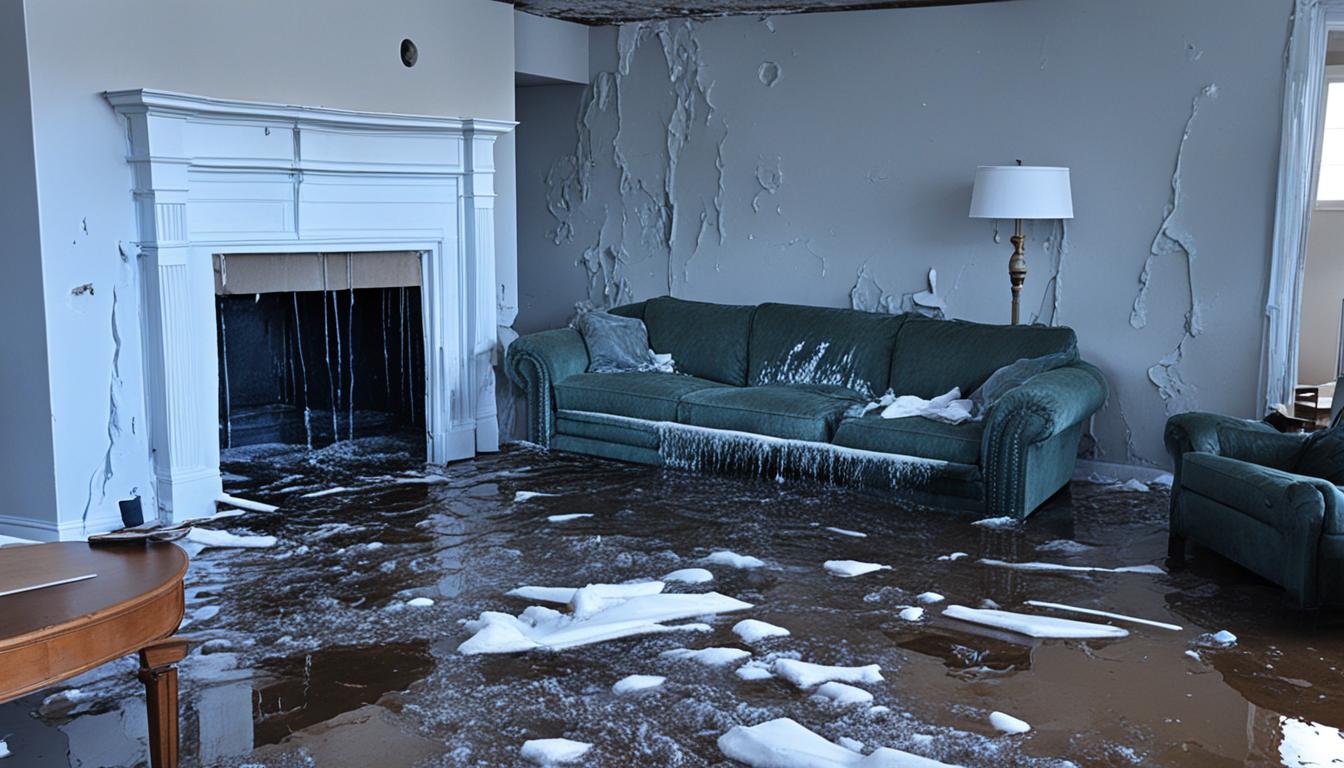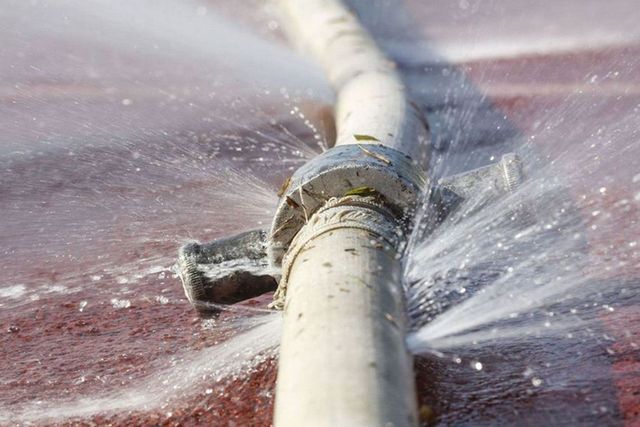What to Do When a Pipe Bursts: Immediate Steps for Home Owners
A pipeline ruptured can be a house owner's worst headache, causing substantial damage if not dealt with promptly. The immediate reaction is vital: first, find the source of the leakage and turned off the main water valve to stop additional flooding. Following this, draining pipes the pipes ends up being necessary to alleviate extra problems. However, lots of property owners forget the relevance of recording the damages for insurance coverage claims, and the process does not finish there. Recognizing the extensive steps to take can have a profound effect on recuperation and repair efforts. What follows following is imperative for reliable resolution.

Evaluate the Scenario
Begin by recognizing the resource of the leakage; this may entail examining the area around the burst pipe for noticeable indicators of water getaway. If the burst occurred in a concealed area, such as within a wall surface or under a floor, look for water discolorations or pooling that might suggest the location.
Inspect for electric cables that might be revealed to water, as this positions a substantial risk of electrocution. In addition, take note of any valuable products or furniture that might be at threat of water damages.
Documenting the damage via pictures can additionally be useful, especially for insurance claims. Time is of the essence, as standing water can lead to mold growth and further architectural damage. By extensively examining the circumstance, you will be much better prepared to take the essential steps to mitigate additional issues occurring from the ruptured pipeline.
Shut Down the Water
The immediate top priority after recognizing a burst pipe is to shut off the water system to stop additional flooding and damages. Find the primary shut-off valve, typically found near the water meter, in the basement, or on an outside wall surface. Turning this shutoff clockwise will quit the flow of water throughout your home, minimizing the threat of considerable water damages.
If you are unable to discover the major shut-off valve or if it is malfunctioning, you might require to shut down private valves attached to the influenced pipeline, if accessible. Some homes also have additional shutoffs for certain home appliances, such as washing dishwashing machines or equipments.
It's suggested to familiarize yourself with the place of these valves prior to an emergency situation occurs, as this expertise can conserve valuable time during a dilemma. In the occasion that the main shutoff is stuck or difficult to transform, do not require it; instead, take into consideration looking for specialist help.
Once the supply of water is closed off, take a moment to examine the scenario even more while getting ready for the next steps, making sure that your home is as safe as feasible from additional water invasion.
Drain Pipes the Pipelines
After closing off the supply of water, it is vital to drain the pipes to reduce any kind of remaining water that can result in added damages. Begin by opening all taps in the home, beginning with the highest degree to the most affordable. This procedure urges the water to drain totally, permitting gravity to assist in removing recurring water from the pipes.

Beware when draining warm water, as it can trigger burns. Enable the water to leave until the flow stops. If you discover any type of staying water merging, utilize towels see post or a damp vacuum cleaner to saturate it up. Appropriately draining the pipes is crucial to avoid further issues and helps safeguard your home from extra water damages during this difficult circumstance.
Call a Professional
In the wake of a ruptured pipe, contacting a specialist plumbing is essential to ensure a thorough evaluation and efficient fixings. Attempting to manage the situation blog here without experienced aid can bring about additional damage and complications. An accredited plumber has the proficiency and specialized tools necessary to determine the source of the leakage and address it successfully.
When picking a plumber, prioritize those with a strong track record and relevant experience in emergency situation plumbing solutions. Checking online evaluations, obtaining referrals, and validating qualifications can help you make an enlightened option. It is recommended to get in touch with several specialists to contrast feedback times, estimated expenses, and solution offerings.
When you have actually involved a plumbing, offer them with as much info as feasible about the occurrence, including the area of the ruptured pipe and the steps you have actually already taken. This info will assist them in detecting the concern additional info quickly and properly.
Paper the Damage
Once a plumbing professional has been spoken to and the prompt problems dealt with, it is crucial to record the damages caused by the burst pipe. Begin by taking clear pictures of the affected locations, concentrating on noticeable damage to wall surfaces, floor covering, and furnishings.
Next, compile an in-depth listing of damaged items, including their approximate value and any relevant purchase info. This stock ought to incorporate long-term fixtures, personal items, and any kind of architectural damages observed. Consist of the approximated price of fixings based on professional evaluations or previous quotes for similar work. if possible.
In enhancement to aesthetic and written documentation, keep records of any interactions with your plumbing professional and insurance coverage company. By taking these actions, you will certainly be much better prepared to browse the aftermath of the incident.

Final Thought
Immediate evaluation of the scenario, adhered to by shutting off the main water supply, is important. Draining pipes the pipelines and documenting the damage guarantees appropriate handling of the event for insurance policy purposes.
The instant priority after determining a burst pipeline is to shut off the water supply to protect against more flooding and damage. Transforming this shutoff clockwise will stop the flow of water throughout your home, reducing the risk of substantial water damage.
After shutting off the water supply, it is crucial to drain pipes the pipelines to decrease any type of continuing to be water that could lead to extra damages. For homes with a warm water heater, you need to likewise drain pipes the container by attaching a hose to the drain shutoff and guiding the water into an ideal container or outside.
Appropriately draining the pipelines is essential to avoiding additional difficulties and aids guard your home from extra water damages during this demanding situation.